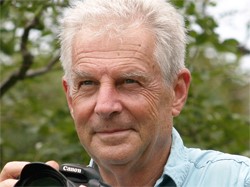Comoé National Park Research Station
The Comoé National Park Research Station was founded by Prof. Linsenmair in 1989/90 and has since then thrived through numerous partnerships to become one of the most modern field stations in Africa, with electricity, running water, internet and a large airconditioned laboratory. Since the 90s over 100 scientists from more than 20 international research institutions used the research station, publishing over 200 papers in peer reviewed international journals. Far more students participated in regular advanced field courses and the empirical data for more than 40 diploma, masters and Ph.D. theses have been collected in the surroundings of the station. The focus of the field based research is on the frontier fields of ecology, e.g. ecophysiology, behavioural, chemical and evolutionary ecology.

